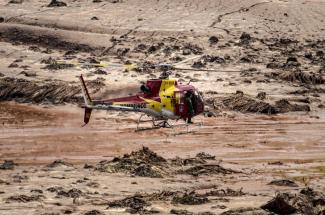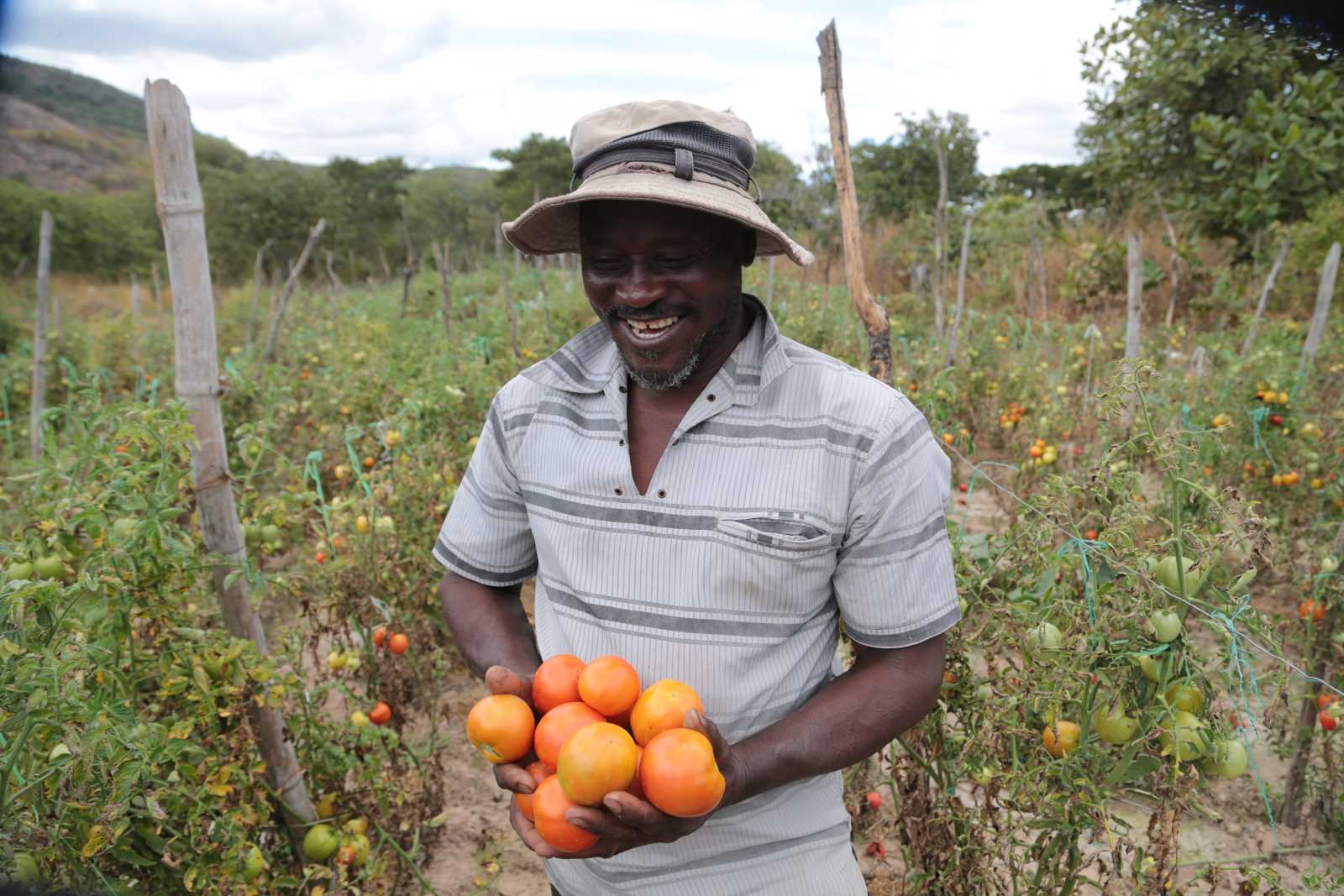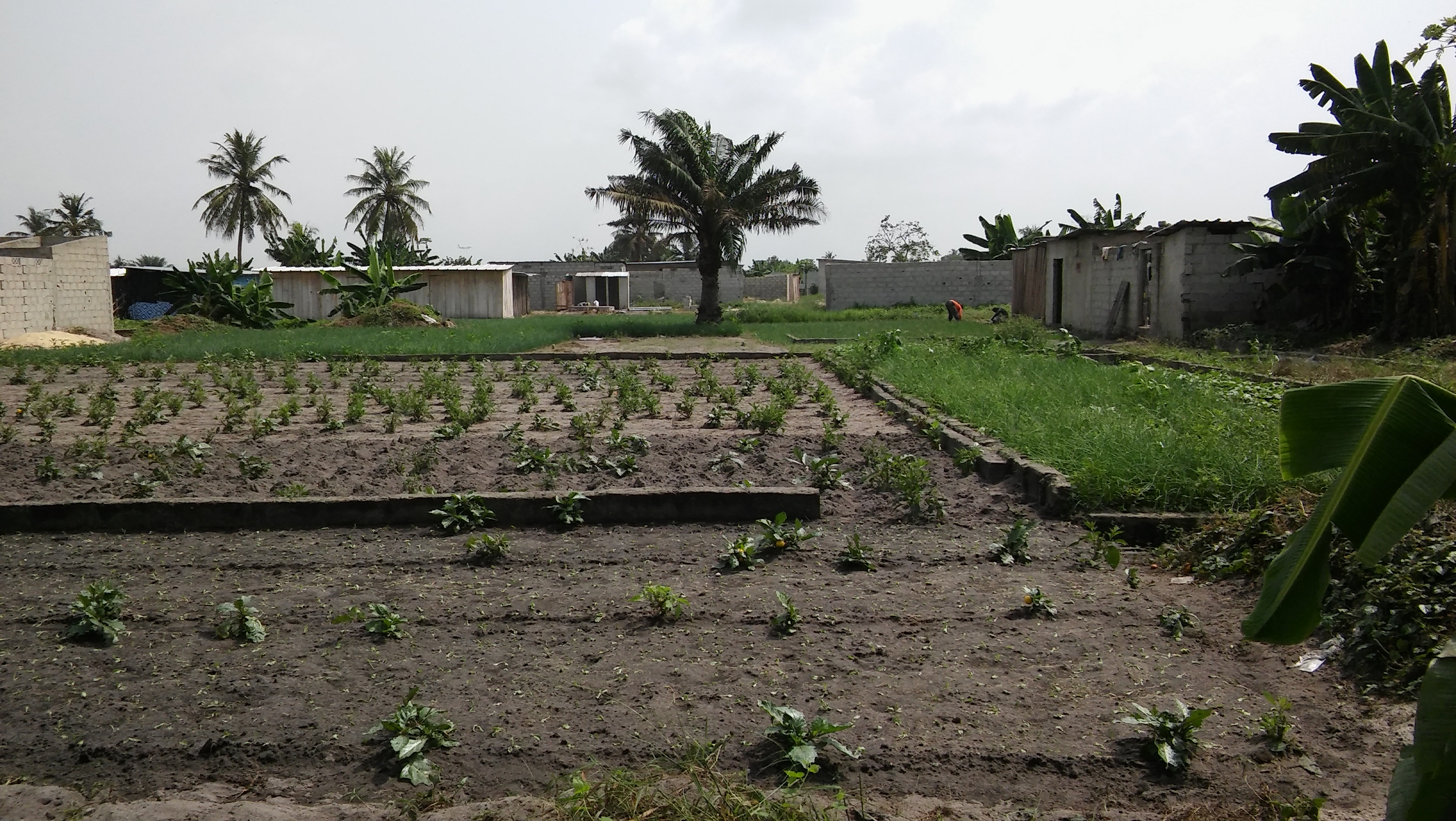Policymakers’ dilemma
Lessons from Mariana

The accident near the town of Mariana in Minas Gerais was probably the worst environmental disaster in Brazil’s history. A dam holding millions of cubic meters of mining waste collapsed, and the flood it released tore down another one. The result was a mudslide contaminated with heavy metals. It affected over 40 municipalities, destroyed fauna and flora and polluted the Rio Doce. Ultimately, the waste was flooded into the Atlantic Ocean. According to the Brazilian Civil Police, the dam infrastructure had not been maintained properly. Disaster due to infrastructure, is unfortunately nothing unusual in the mining industry, and rural areas tend to be particularly affected.
Apart from the loss of lives, the disaster had other painful impacts. Over 1,600 people were displaced and lost their livelihoods. Moreover, many workers lost their jobs because the mining company Samarco was been paralysed by the accident. It is not clear whether it will ever operate again. Samarco is a joint of two of the three biggest mining companies in the world: Vale and BHP Billington. Giants of this sort should handle safety issues responsibly, but they failed. Vale is a multinational corporation based in Rio de Janeiro, and BHP Billington’s head-office is in Perth, Australia.
Riverine communities and farmers lost their sources of income. The toxic mud killed tonnes of fish of many varieties and made entire stretches of the river unsuitable for fishing. Soil that was flooded has become worthless for agriculture. Local transport, power and water infrastructure was damaged too, and that has negative impacts on other industries, including tourism. The regional economy will thus suffer for years to come. It is impossible to assess the exact costs.
The mudslide affected 600 kilometres of the river’s course. Some species that only existed in this river are probably now extinct. Experts say they cannot tell how long it will take until the local fauna recovers. State agencies have pledged to monitor the disaster impacts and the success of reconstruction measures for at least ten years.
Hefty fines
A special commission was appointed by Brazil’s National Congress to determine whether the disaster was the result of corporate negligence or an inevitable natural catastrophe. The commission blamed the mining company. After a judicial investigation, Samarco was sentenced to pay fines amounting to 20 billion Reais (the equivalent of about € 5.2 billion), more than was ever paid after an industrial accident in Brazil before. State authorities and Samarco agreed on the creation of a fund to finance rehabilitation and compensation measures.
However, many observers argue that the underlying problems must yet be tackled. Making a private-sector company pay for the consequences of negligence is important, but more needs to be done. Brazil needs more stringent regulation and supervision of the mining industry, but that is no priority for the national and state governments. Strategies to link economic development and environmental protection are still missing. As the hazards mining causes do not directly affect Brazil’s urban agglomerations, where most people live, these issues are not high on the political agenda. Rural people suffer the consequences. If environmental costs were considered in realistic terms, however, fast economic growth would look much less attractive. Mariana is a stark example of the true costs that accrue because of unsustainable development in the short as well as the long run.
Brazil’s mining sector has long been an important pillar of the national economy. It accounts for around four percent of GDP and about 20 % of exports. According to the Brazilian Institute of Geography and Statistics, the mining industry provides about eight percent of industrial jobs in the country, not counting employment in its supply chain (for business services or the provision of machines, equipment et cetera).
Need for action
The national mining code dates back to the 1960s. It has not been reformed to match Brazil’s progressive environmental legislation. Accordingly, mining businesses still have too much leeway for exploiting resources without paying attention to environmental risks and ecological impacts. It is too easy for them to operate on indigenous land, for example, or in areas where nature is supposed to be protected. Moreover, it needs to be monitored whether they are keeping their facilities in good shape.
A reform of the mining code was announced in 2013, but its draft pays little attention to the environment. The main priority is to cut red tape, speed up mining operations and boost corporate productivity. On the other hand, the National Mining Plan 2030 does propose measures to promote environmental sustainability in the sector. Good intentions, however, are not enough. Coherent action and stringent legislation are necessary.
The best laws, however, are worthless unless they are enforced. It is irritating that government spending for monitoring the mining industry is actually in decline. According to Contas Abertas, a non-governmental organisation, federal authorities only spent 13.2 % of the funds allocated to oversight programmes in 2015.
Brazil’s national government is currently rocked by crisis. President Dilma Rouseff has been suspended from office in impeachment proceedings, and Michel Temer, the acting president, does not have a firm grip on power, not least because he is being named in the context of corruption allegations (see D+C/E+Z e-Paper 2016/06, p. 11). Given the severe recession the country is suffering, it does not look as if his cabinet would regulate the mining sector more stringently soon. As in the past, fast growth seems the top priority. The price will eventually have to be paid. The lessons of Mariana should be heeded by all levels of government.
Renata Buriti is a post-graduate student at the Cologne University of Applied Sciences and specialises in water-resource governance.
re.buriti@gmail.com













